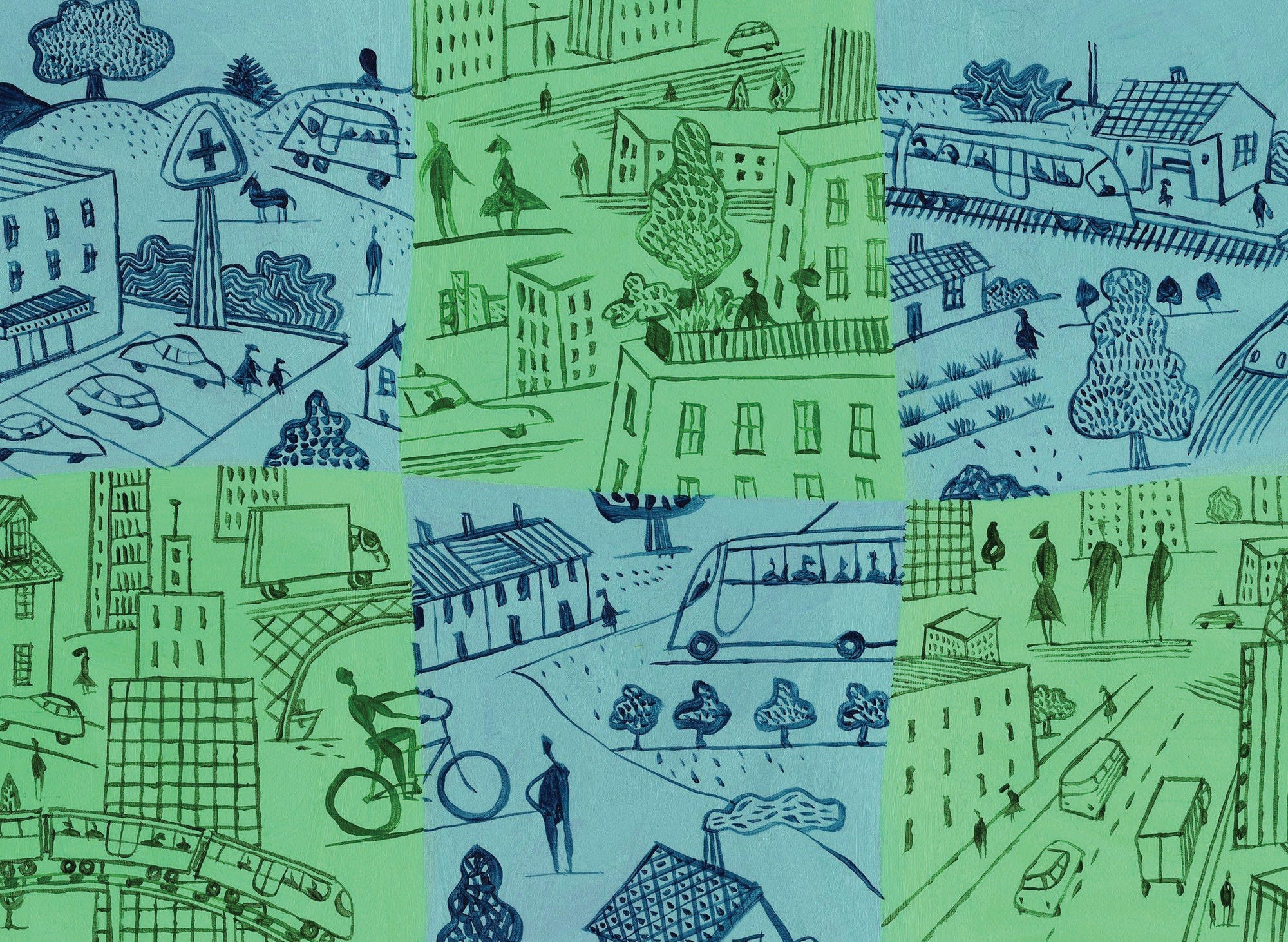The COVID-19 pandemic has generated huge costs in terms of human life and puts our health systems under pressure. Lockdowns and other containment measures to limit the spread of the virus have slowed down entire sectors of activity and turned the health crisis into an economic recession. According to the latest OECD estimates, the second quarter of 2020 saw a fall in GDP by somewhat above 10% in the OECD area compared with the previous quarter and a full recovery to pre-COVID levels is projected to take until 2022.
One aspect we learnt immediately from the crisis is that both the outbreak and the socio-economic consequences of the crisis are very uneven within countries. Some places have suffered more from the health costs of the pandemic than others, with some regions seeing a doubling of deaths in the first semester of 2020 compared to the same period in previous years. At the same time, some places have suffered more than others from lockdowns and the widespread scaling back of tourism and economic activities more generally.
The containment measures imposed by governments to limit the spread of the virus have triggered a massive shift towards remote working, for which not all places were equally prepared. Large cities and capitals were generally more ready to seize the opportunities of digitalisation and embrace remote working. On the other hand, many rural areas still suffer a gap of access to high-speed broadband, a lower share of jobs amenable to remote working and lower education of the workforce.
While we cannot avoid that other crises might come in the future, we can do much to be better prepared. Regions and cities need to enhance their resilience today, not only to alleviate the immediate blow of the current crisis but also to thrive in the future. The capacity of regions and cities to face pressures in the health sector, to provide (public) services effectively, including access to digital infrastructure, and the capacity to shift economic activities to remote working – also through a more skilled workforce – are all important factors of resilience amid the current crisis. However, the importance of these factors extends beyond the pandemic. They will also help to deal with other megatrends that challenge our regions and cities, such as climate change, digitalisation and demographic change.
Making regions and cities more resilient also requires to account for the need to improve living standards and the quality of the environment. With the increasingly widespread use of remote working, more people will be able to live at a greater distance from their workplace than they used to. Places offering good quality of life while maintaining access to key services might become increasingly attractive in the near future, which could change the way people and economic activities distribute across space.
Long-lasting progress towards higher well-being and capacity to adapt to external shocks also require strengthening our efforts towards the broader objective of sustainable development. It is now more than 5 years since the UN designed the 17 interlinked goals to achieve a better and more sustainable future for all. All the efforts to adapt healthcare to the emerging needs and to sustain the economy in the current crisis need to combine with many other interrelated aspects, including, among others, climate and education but also trust in institutions and gender equality, for which the role of regions and cities can be crucial. Trust in governments in some regions can be more than 30% lower than in other regions within the same country. At the same time, local governments need to progress in gender balance, as only in 10% of regions women account for at least 30% of mayors. These regions are typically in Norway, Spain and Sweden.
To be effective, all actions to recover from the crisis and improve people’s lives in all places will need to count on reliable and comparable data at the appropriate scale. This edition of OECD Regions and Cities at a Glance provides an important contribution in this respect, by offering a comparative picture of regions and cities across all OECD member countries and beyond. It covers many topics related to the economy, society and the environment, as well as aspects of public finance. The report presents over 100 indicators that foster a better understanding of the current state of regions and cities and help identify possible priority actions towards resilience, inclusion and sustainable development.
We are still in the middle of a profound crisis that is likely to have asymmetric long-term economic and social consequences across our regions and cities. The path to recovery will challenge all places to offer the local conditions that allow both firms and people to prosper. While different across places, the quality of life, that of the environment and available public services will likely further increase in importance, which in turn will offer new opportunities for many places. Investing today in more resilient economies and societies by taking into account the uniqueness of each place will help regions and cities to thrive in the future.
